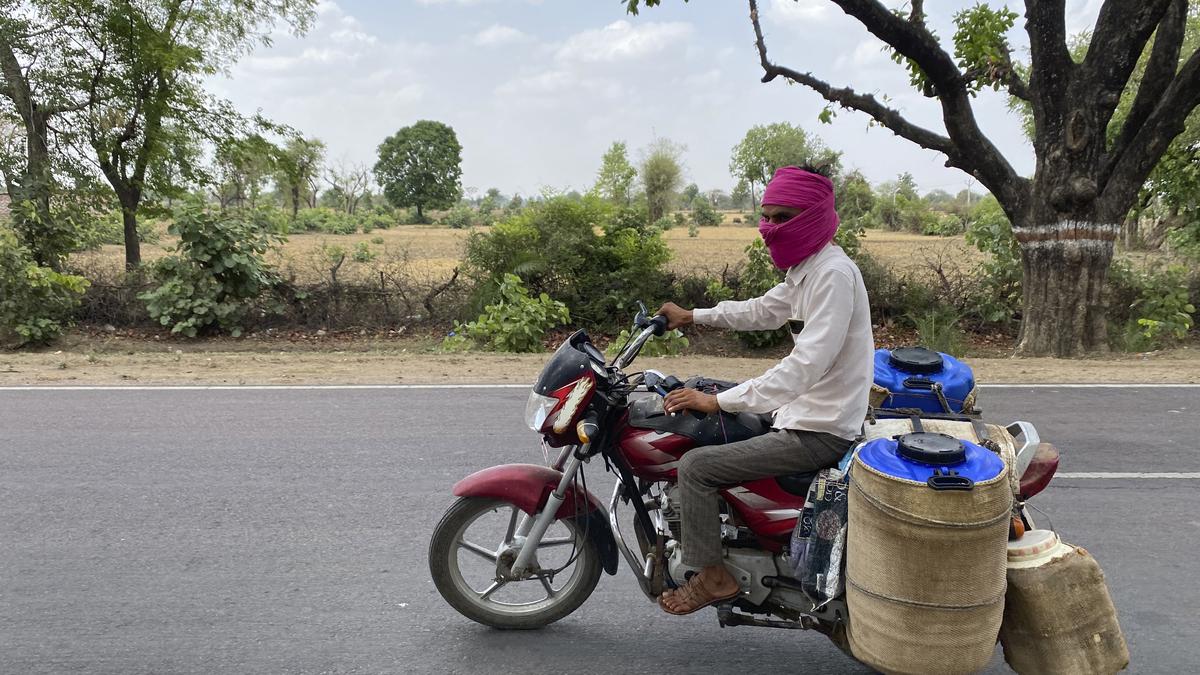
World’s poorest quarter 40% more exposed to heatwaves than wealthiest quarter Premium
The Hindu
Spend time in a developing country during a heatwave and it quickly becomes clear why poorer nations face some of the greatest risks from climate change.
Spend time in a developing country during a heatwave and it quickly becomes clear why poorer nations face some of the greatest risks from climate change. Most homes don’t have air conditioning, and even health clinics can get overheated.
These countries tend to be in the hottest parts of world, and their risk of dangerous heat waves is rising as the planet warms.
In a published study, our team of climate scientists, economists and engineers found that the poorest parts of the world are likely to be two to five times more exposed to heat waves than richer countries by the 2060s. By the end of the century, the lowest-income quarter of the global population’s heat exposure will almost match that of the entire rest of the world.
Heat waves are often assessed by how frequent or intense they are, but vulnerability involves more than that.
A key factor in the amount of harm heat waves cause is people’s capacity to adapt with measures like cooling technology and the power to run it.
To assess how heat wave exposure is changing, we analyzed heat waves around the world over the past 40 years and then used climate models to project ahead. Importantly, we also incorporated estimates of countries’ ability to adapt to rising temperatures and lower their heat exposure risk.
Also Read | Heat waves which used to occur once in a century are now expected once in five years: study

Thomas Jefferson and Abraham Lincoln are two of the greatest presidents that the U.S. has seen. You probably know that already. But did you know that Jefferson made what is considered the first contribution to American vertebrate paleontology? Or that Lincoln is the only U.S. president to receive a patent? What’s more, both their contributions have March 10 in common… 52 years apart. A.S.Ganesh hands you the details…












